As we enter the month of October, it is not only the arrival of fall that signals the arrival of winter in many parts of Europe and some remote areas. Already in the mornings, you need a thick coat and a windproof hat to protect you from the cold. At this stage, the most important thing that people focus on is not what to wear the warmest clothes, but winter heating. Today I would like to introduce you to several common winter heating methods and focus on the most favorable winter heating - solar photovoltaic heating, so that you can choose.
Natural Gas heating
Oil Heating
Electricity Heating
Heat Pump Heating
Solar Heating
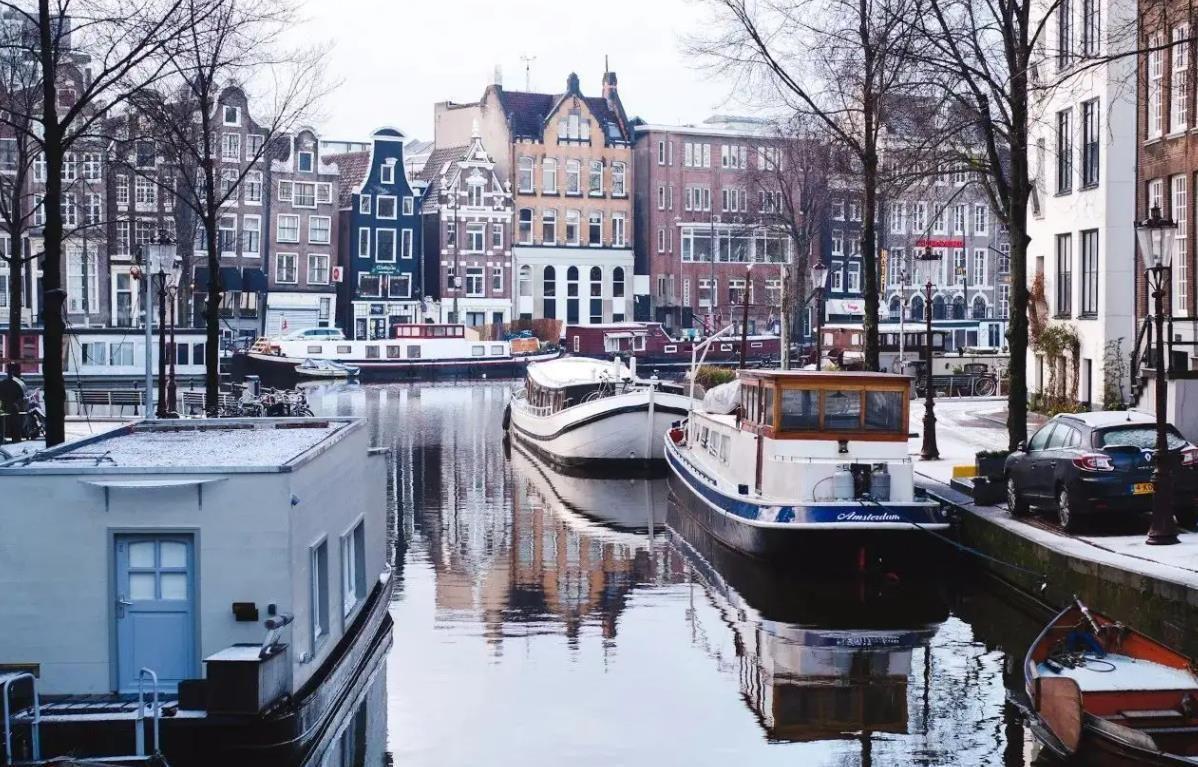
Burning natural gas to generate heat is by far the most common type of heating.
This is because the investment cost is relatively low. And compared to burning diesel fuel for heating, it is more environmentally friendly.
However, once you start using it, the cost of fuel depends on the seasonal fluctuations in the market price of natural gas.
Natural gas heating is the most cost-effective way to heat a home in a large country like Russia.
In Europe, Switzerland, the United Kingdom, and some small countries in East Asia, the high price of natural gas is not a common way to heat the house throughout the winter.
In addition to using natural gas as the main source of heating energy in some European homes, there is often a mix of solar heating and other forms of heating to save more money.
With diesel heating, the investment in infrastructure is relatively low.
If you use natural gas for heating, you will need to install a pipeline to carry the gas. With oil heating, all you need is a safe furnace.
Diesel heating is now very mature in terms of technology, and the price of diesel is relatively stable and cheap. However, the disadvantage of this heating method is that extra space needs to be created for storing diesel fuel.
Burning diesel also creates more carbon emissions, and heating costs and is dependent on the movement of diesel prices in the market.
Carbon emissions are a serious matter, and incidents of carbon dioxide oversupply suffocation occur from time to time every winter when heating a home, so be sure to ventilate your home on time when using fuel oil for heating.
Electric heating is the most convenient and simple heating device to install, and the space required is quite limited.
However, it is also one of the least cost-effective ways of heating.
Circuit heating requires the cable voltage level to be very high, and some cable material problems, excessive heat, and current overload are large, and it is easy to cause a fire.
And for electric heating heating, not only the electricity consumption is high, but the price of electricity is also rising all the time.
British power due to energy consumption and power distribution problems, this winter there will be power cuts and electricity costs continue to rise and other problems, that the cost of electric heating will be quite high.
In newly built residential homes in Germany, there are few heating devices like electric heaters anymore.
Heat pump heating utilizes a small amount of electricity to drive a compressor that draws low-temperature heat from the air, heats the water through heat exchange equipment, and then transfers the hot water to the building through a circulation system.
Geothermal heating, for example, is highly efficient, inexpensive, and does not cause carbon dioxide emissions.
However, the upfront construction investment is quite high to realize geothermal heating.
It requires removing all the bottoms and walls of the building and embedding the heating equipment, which is a very cumbersome and tedious cycle.
Also, not every place has a geological structure that can withstand digging 100 meters into the ground, or even deeper.
The advantage of solar heating is that it does not require fossil fuels, it is a renewable energy use and therefore, does not cause air pollution.
In addition, solar PV heating will have a very long service life and is very simple and easy to use.
The most important original elements in solar photovoltaic heating are the tera-energy panels and the photovoltaic cables. Once these two components are installed as required, the user does not need to worry about heating costs beyond the second or third year.
And the fact that the user does not have to compare energy suppliers is also an advantage.
Current technology does not allow solar heating to be a stand-alone heating source though, and the user will need to add solar heating in addition to natural gas heating or diesel heating.
Many solar panels also need to be installed to get a certain scale of heating. So, all together the cost of solar heating this way is higher upfront.
However, once it is installed in the early stages, there is no need to spend any money on heating in the later stages, and there is no need to measure the rise and fall of electricity and diesel prices every winter to choose a heating method.
Currently in countries around the world, to encourage all sectors of society to actively promote the use of green and clean energy, the use of household solar products will generally have some government subsidies. For example, in 2023, the governments of various countries launched the latest solar heating policy.
The following is an introduction to how home solar photovoltaic power heating works and uses.
First of all, understand the rooftop solar collector system aspects of the illustration analysis.
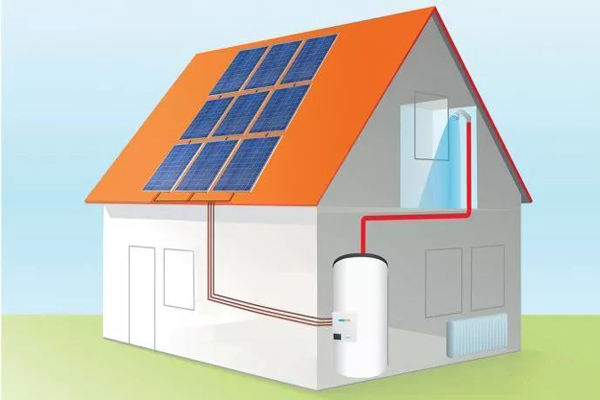
As shown in the figure above, a flat plate-type solar collector system is installed on the roof, which is filled with low-toxicity propylene glycol anti-freeze heat transfer fluid as the heat transfer medium.
In a heat exchange hot water storage tank inside the house, heat is released and heated to produce hot water to provide hot water for normal domestic use as well as a heat transfer medium for heating in winter.
Of course, it is not possible to utilize solar energy only in the interior of a single house, but there are other ways of utilizing energy as well.

Heat is typically released in an indoor heat exchange hot water storage tank through spiraled copper pipe radiators.
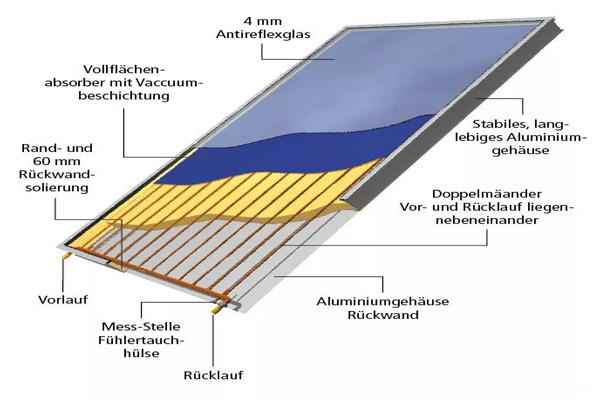
Europe and the United States common a kind of flat plate type solar collector a case of dissection schematic diagram.
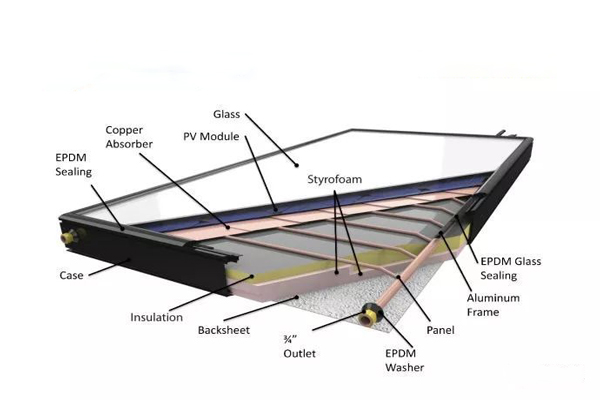
The vacuum conduit solar collector system common in Europe is different from some other common "vacuum glass-filled water heaters" that directly tank water to heat water.
Inside the vacuum conduit solar collector system, it is usually filled with a special heat transfer medium, as a heat transfer medium, instead of directly filling water to heat water.
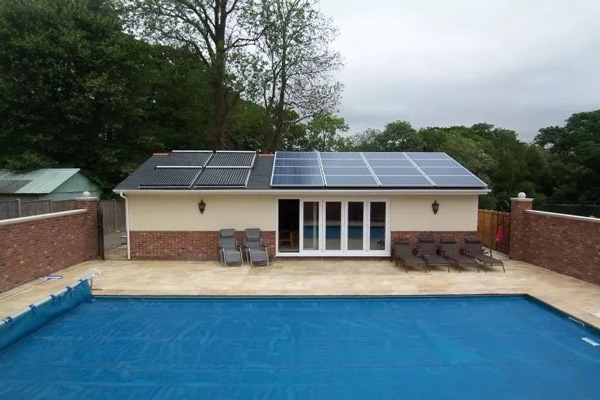
As shown in the figure, the roof, in addition to the installation of four groups of flat plate solar collector systems, also installed 16 photovoltaic solar panel power generation systems.
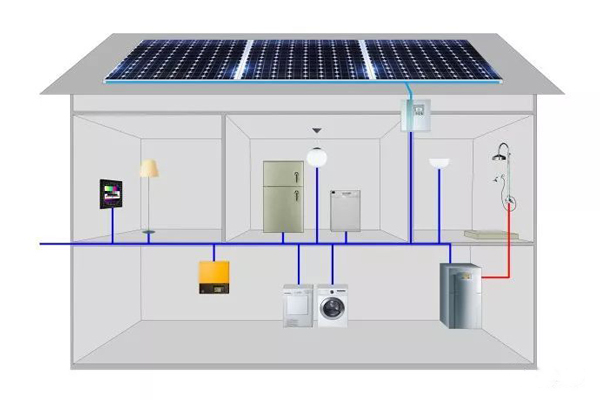
The photovoltaic solar panel power generation system generates direct current (DC), which can be converted into alternating current (AC) by the "inverter" (the yellow and black marked box in the picture).
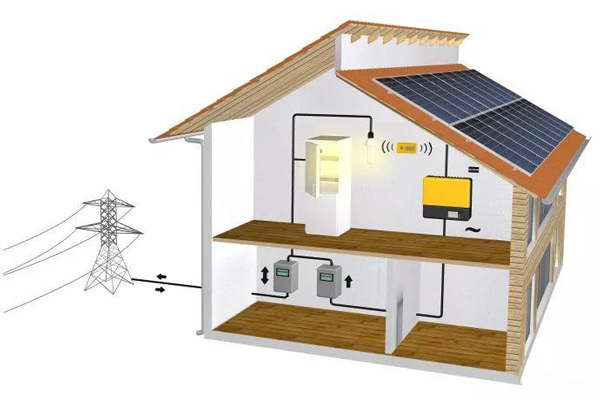
Photovoltaic solar panel power generation systems generate direct current (DC), which is converted to alternating current (AC) by an "inverter" (the yellow and black box in the picture), and can be sold on the Internet (the public power grid) in addition to being used by the household itself. In addition to home use, it can also be sold on the Internet (public power grid).
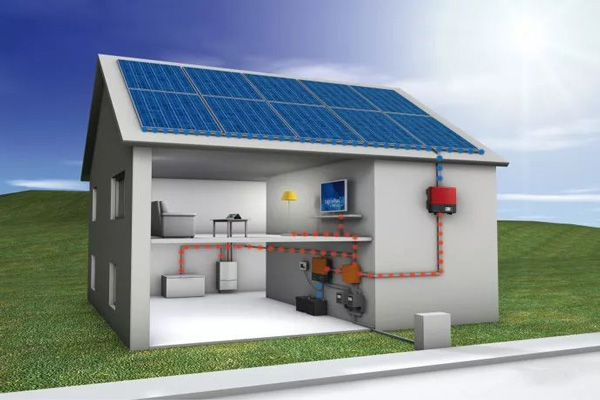
Photovoltaic solar panels generate direct current (DC), which can be converted to alternating current (AC) through the "inverter" for home use, with a battery bank for power storage.
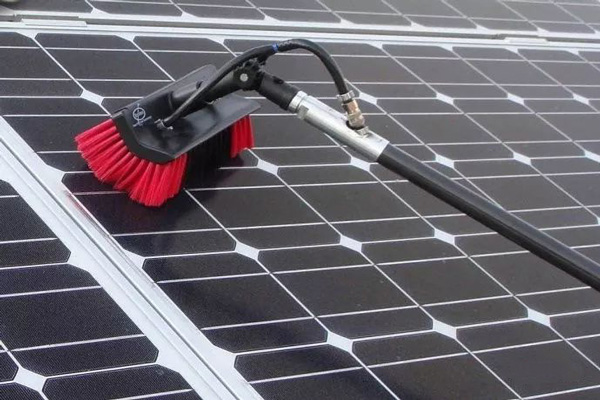
Photovoltaic solar panel power generation systems, need to regularly clean the surface.
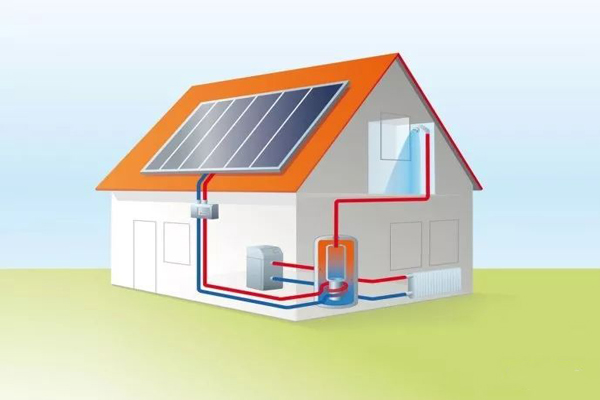
Solar + Fuel boiler, hybrid use, provides domestic hot water as well as heat medium for heating in winter.
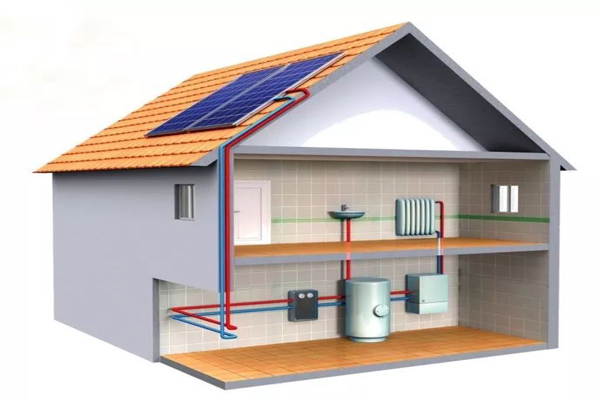
Solar + Gas Furnace, hybrid use, provides domestic hot water and winter heating medium.
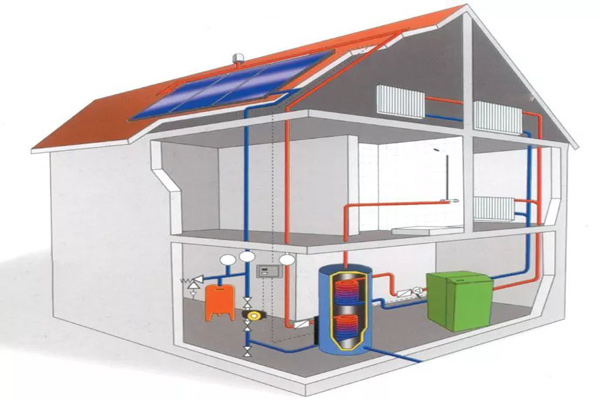
Solar + Fuel boiler, mixed-use, provides domestic hot water and winter heating medium.
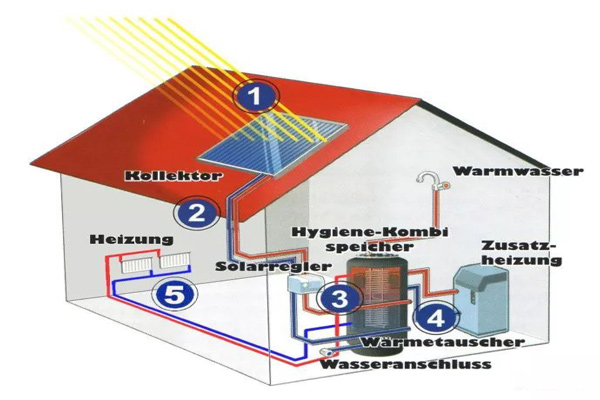
Solar + Fuel boiler, mixed-use, provides domestic hot water and winter heating medium.
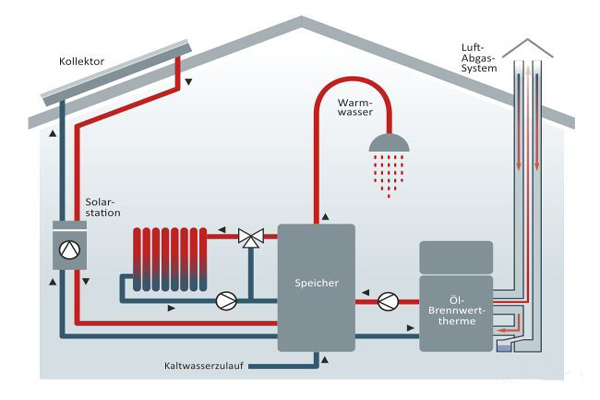
Solar + fuel boiler, mixed-use, provides domestic hot water and winter heating medium.
In addition, the chimney, in this case, has a special construction, which is a double-story structure.
Through the sandwich layer of the double-layer chimney, outdoor air can be introduced to specifically provide air for the combustion of the oil boiler indoors, i.e., the oil boiler does not use indoor air, which is a safer practice and does not easily generate carbon monoxide gas, which can avoid winter safety accidents.
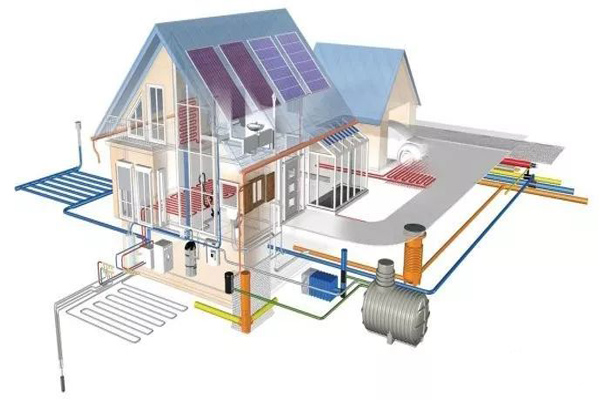
Ground-level carport photovoltaic solar panel power generation system + Courtyard solar lighting + Roof photovoltaic solar panel power generation system + Roof flat plate solar collector system + Air source heat pump, mixed to provide domestic hot water as well as heating heat medium in winter.
Rooftop photovoltaic solar panel power generation system + Rooftop flat-plate solar collector system + Ground source heat pump, mixed-use, provides domestic hot water as well as heat medium for winter heating (low-temperature hot water radiant floor heating - underfloor heating + wall heating).
Also shown are the "septic system" for domestic sewage disposal, as well as the rainwater drainage system, and the municipal utility lines (water supply, power supply, telecommunication cables, gas pipes, etc.).
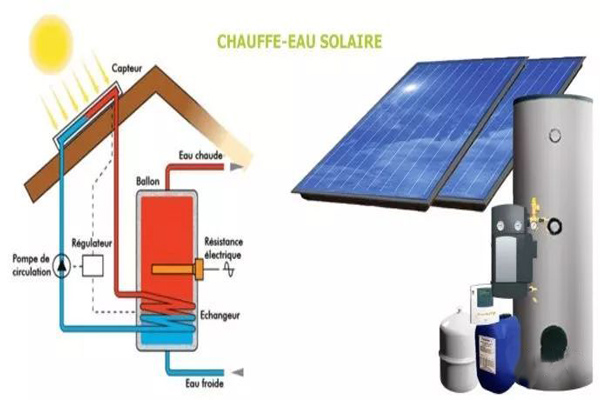
Roof-mounted flat-plate solar collector system + electric hot water, mixed-use, providing domestic hot water and winter heating medium.